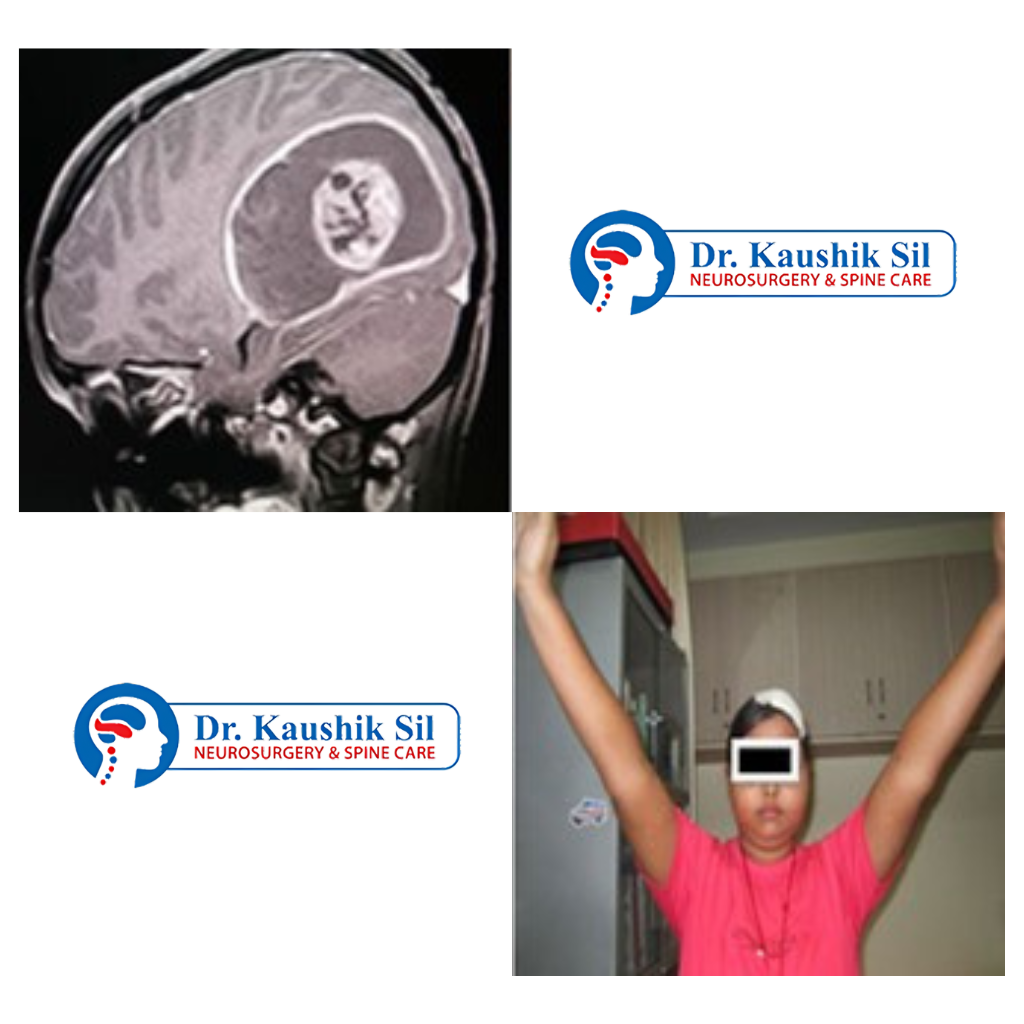Brain Surgery
Brain Surgery

Brain surgery has evolved very rapidly over last 50 years. Today surgery of the brain is not only safe but also leads to rapid recovery owing to advances in microscopic and minimally invasive techniques. Common conditions in which brain surgery are done are –
- Subdural hematomas – accumulation of blood clot outside the brain but outside the skull.
- Head injuries – leading to accumulation of blood clot inside the brain (contusions) or outside the skull (extradural hematoma) or fractured skull bone gone inside the brain (depressed fracture).
- Brain tumors – like glioma, meningioma, where tumor formation occurs either on the surface or inside the brain
- Aneurysms and AVMs – are malformation of the brain vessels, which can cause bleeding (subarachnoid hemorrhage)
- Hydrocephalus – accumulation of excess water inside the brain
- Epilepsy and Parkinson’s diseases – seizures and abnormal movements not responding to medical treatment may require surgery
- Congenital malformations – like craniosynostosis (fused skull sutures), encephaloceles (malformed head), chiari malformation (herniation of brain).For brain surgery, partial shaving of scalp hair is necessary. The scar mark usually remains below the hairline after it regrows. The skull bones are opened with a microdrill and is usually replaced back after the end of surgery. In all major brain surgeries, the surgeon uses the microscope to navigate his way inside the brain, thus protecting the important nerve, vessels and vital structures. Various devices like frameless stereotaxy, intraoperative ultrasound, CT scan, guide the surgeon to the pathology. Advances in instruments and surgical techniques have made brain surgery less time consuming and safe leading to better patient recovery, less hospital stay and less cost to the patient.
Case Study
Brain Surgery – A 18 year old girl was brought by her father with history of severe headache, vomiting for around a week. On examination , Dr. Sil found her to have papilledema ( swelling in the optic disc seen through the eyes) . A MRI scan done immediately showed large brain tumor occupying almost one – fourth of the head. The tumor was totally removed in a 3 hour long surgery . Precision techniques like neuronavigation were used to live monitor the tumor removal and modern instruments like CUSA helped in minimizing collateral brain damage. The patient has recovered fully and biopsy being a low grade tumor is now leading a healthy life.

